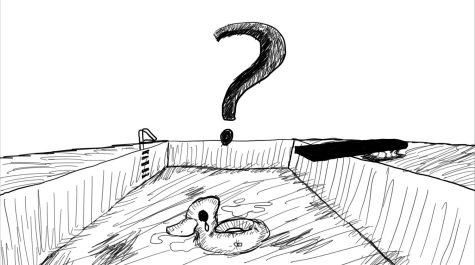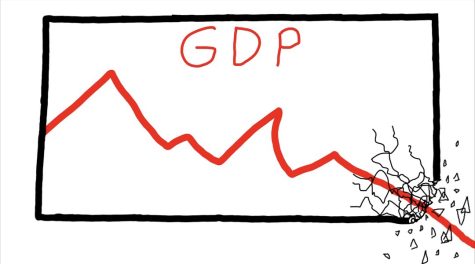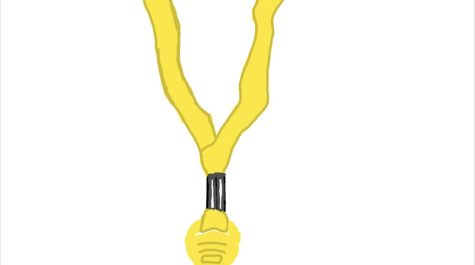OP-ED: Minimal Mental Health Awareness
February 14, 2020
There’s no doubt that across the globe today there is a mental health crisis. Even in Pelham, you’d be hard-pressed to find someone who didn’t know someone who has struggled at some point in their life with mental illness. But even given the truly astronomical number of people afflicted, we as a school community aren’t doing enough.
The simple fact of the matter is that the mental health crisis in America is a danger- and a clear and present one, at that. The Jason Foundation, an organization dedicated to preventing the epidemic of youth suicide, shows us this danger with their compilation of statistics. On average, each day in the US, there are over 3,000 suicide attempts made by students in grades 9 through 12. The American Foundation for Suicide Prevention turns that figure into a percentage, showing that the 2017 Youth Risk Behavior Survey reports that 7.4 percent of students in grades 9 through 12 attempted to take their lives in the past 12 months.
It’s easy to see the big picture problem, but let’s also look at the issue in the context of Pelham. The Pelham Together survey reported earlier this school year that 5.75 percent of Pelham students reported anxiety, while 6.31 percent reported depression. While the figures themselves aren’t representative of the potential physical dangers of suicide, when we realize that multiple National Institute of Health studies have reported that people with anxiety and depression disorders are independently associated with suicide attempts, that danger becomes more apparent.
Realistically, other than the potential for physical harm, a predominant issue is an egregious amount of stigma, which stems from mental illness and a lack of awareness The stigma isn’t the primary issue here, that issue is the illnesses in it of themselves, but the stigma is what turns the illness into a vicious cycle. Mentalhealth.org reports that for every 10 people who publicly reveal their struggles with mental illness, nine of them will end up on the receiving end of some form of negative discrimination. Be it in socialization, romance, work, or any other field, the stigma surrounding mental health is just as tangible a danger as the potential for physical danger may be.
But it’s not all problems. There are solutions out there too. Very simply, by talking about the issues that occur, we take a step towards reducing the problem and, eventually, we can end the problem.
I realize it’s scary, or heck, just plain awkward to talk to your friends about, but talking is how we can notice if something is off. Talk to your friends, your family, your teachers and counselors about how you’re feeling, and ask them how they’re feeling.
The Jason Foundation reports that four in every five teens who attempt suicide displayed warning signs prior to their attempt. If there’s no communication — between friends, peers, teachers, relatives — then we can’t see those warning signs.
But even if we are talking, we need to first know what those warning signs are. Unfortunately, in the status quo, we aren’t doing enough to edify both their staff and their students on these warning signs.
I mean, think about it realistically. When was the last time the school held an assembly to discuss mental health? When was the last time a teacher outside of a health class had a serious discussion about mental illness?
The truth is, it doesn’t take a medical professional, or an expert in human psychology to help us learn how to reduce the stigma and learn the warning signs of mental illness. And even if it did, we have social workers, and shrinks, not to mention a plethora of other personnel who are trained and equipped to help. All it takes is a willingness to talk, a willingness to learn, and a willingness to listen. We will all be better off if we learn to do this.






